A Brief History of Knitting: From 5th Century to Now
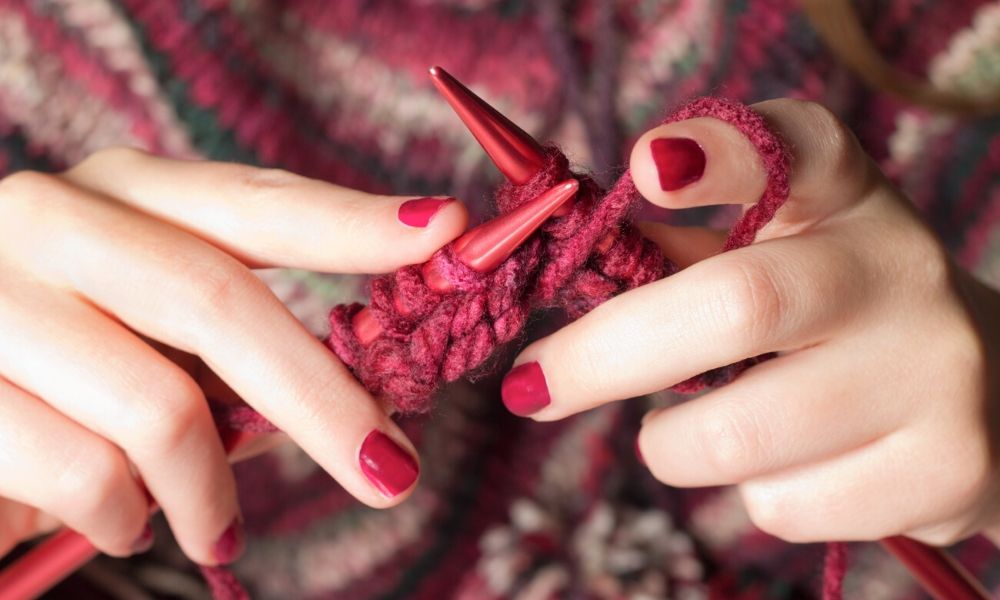

We talked in a previous blog about people’s love for the calm and relaxation that knitting brings them. What we haven’t fully mentioned is how long knitting has brought that stress relief. In this post, we’ll discuss a brief history of knitting. From the 5th century to 20th century, there’s a lot to admire about the beautiful needle form. Learn more below!
5th Century Knitting
Knitting’s origin is hard to place because of how long ago it began. The needle form came to fruition in different parts of the world at various times, and because of that, there’s not much known about an actual inventor. However, the most recorded history of knitting came from the Middle East, which then spread to Europe over time. In fact, the oldest known knitted object comes from Egypt from 11th century CE. The complexity and color work showcase how the form had been around for quite some time before.
13th to 16th Century Knitting Guilds
From the 5th century to the 13th century, knitting spread from the Middle East to Europe through trade routes. Knitting came to Spain first, and was used for various reasons. You can find many goods, such as garments and accessories, when you look in Catholic church treasuries throughout Spain. By the 14th century, knitting reached the rest of Europe and became a work admired by highly skilled craftsmen—these initiated knitting guilds in Europe.
These guilds started for men only, and they required a huge commitment. If young men decided they wanted to become a Master Knitter, they had to spend at least six years in training. Though the work was grueling, and these guilds ended up creating many styles and techniques we know, use, and love today.
Industrial Revolution
During the 16th century, a mechanical knitting machine was invented; however, factory machines didn’t start using it until around the 19th century. As the demand grew, more machines become common for industrial use, and more people hand-knit clothing for hobby purposes.
20th Century: Knitting Falls and Soars
As we know, the 20th century came with a lot of up and downs. Fashion styles changed drastically throughout the decades, and wartime also changed the need for the needle form. For example, the 50s and 60s saw a huge skyrocket in knitting, as more colors and yarn got introduced to the market. By the 80s and 90s rolled around, less people wanted these styles. With less people wearing knitted clothing, fewer people saw it as a hobby to try out.
21st Century: A Knitting Comeback
Now, when you look at today, knitting made quite the comeback in fashion and as a hobby. Not only are knit sweaters, skirts, and dresses back in fashion, but as a hobby, knitting became less an “old person” hobby and something for all ages. Though the history of this form went through many changes, its ability to provide a sense of calm in the midst of shifts and changes stayed the same.
For all of your needlework needs, turn to Lindley General Store. We have everything from tatting needles to knitting tools and yarn in Canada. Try your hand at this history rich art form!

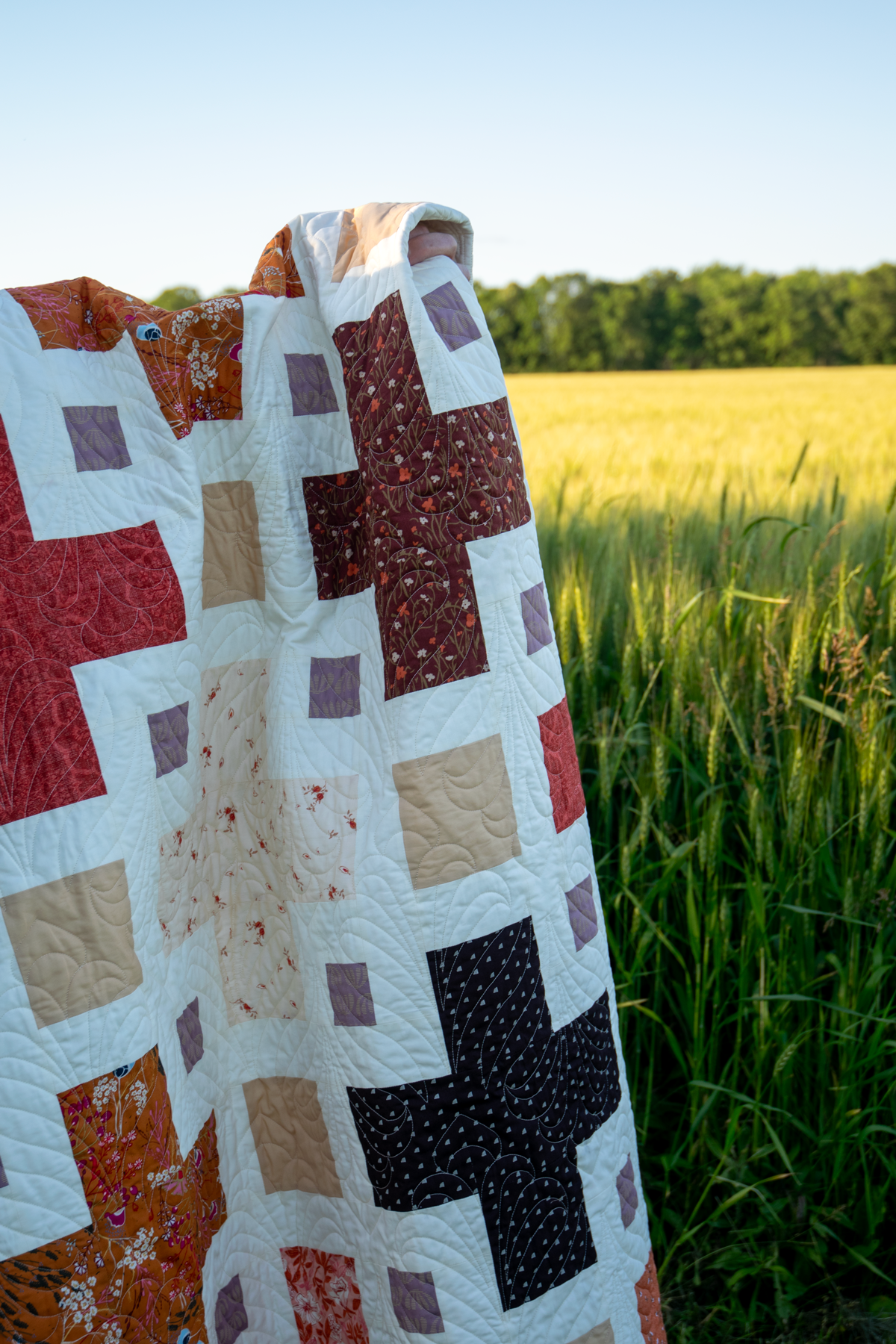

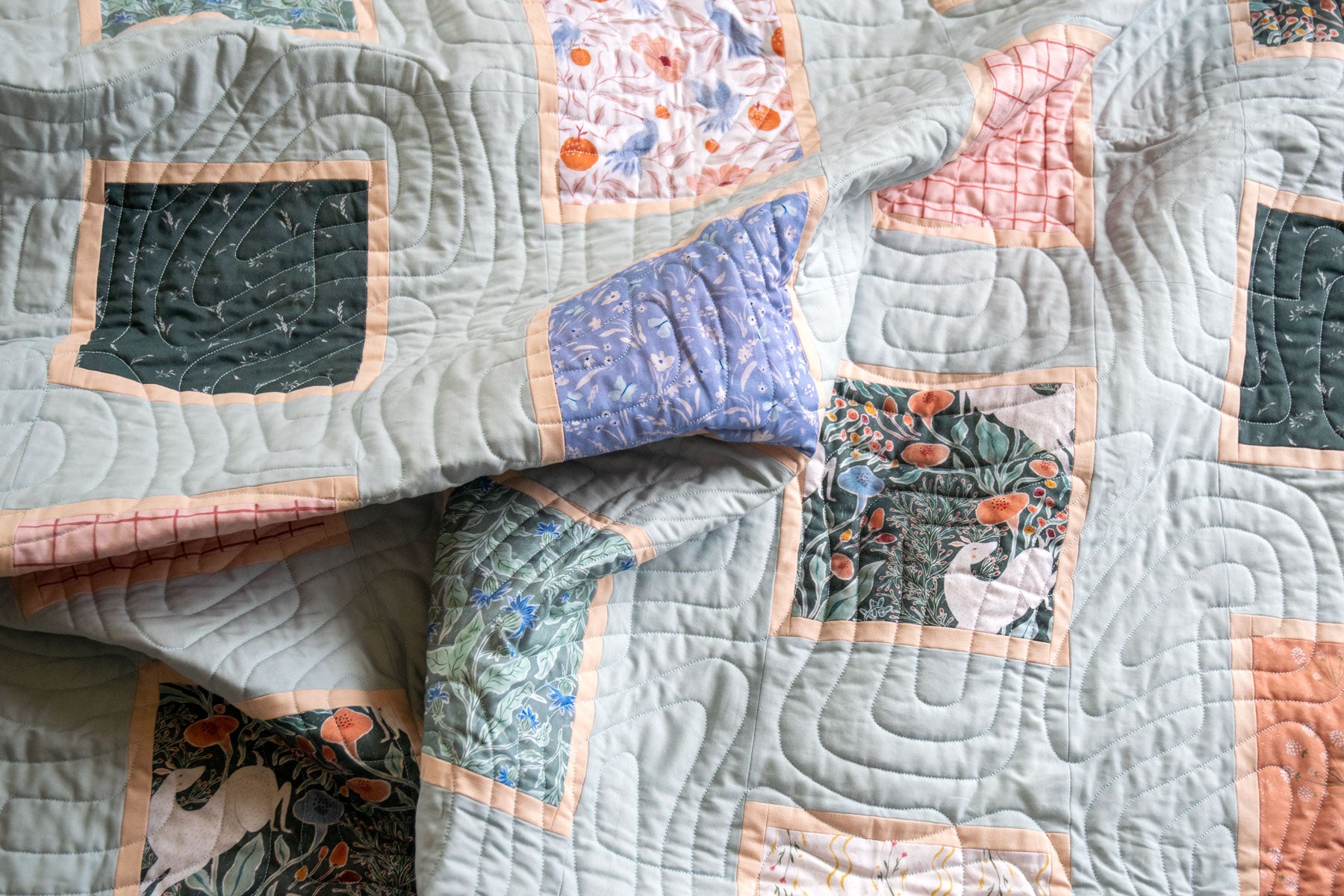
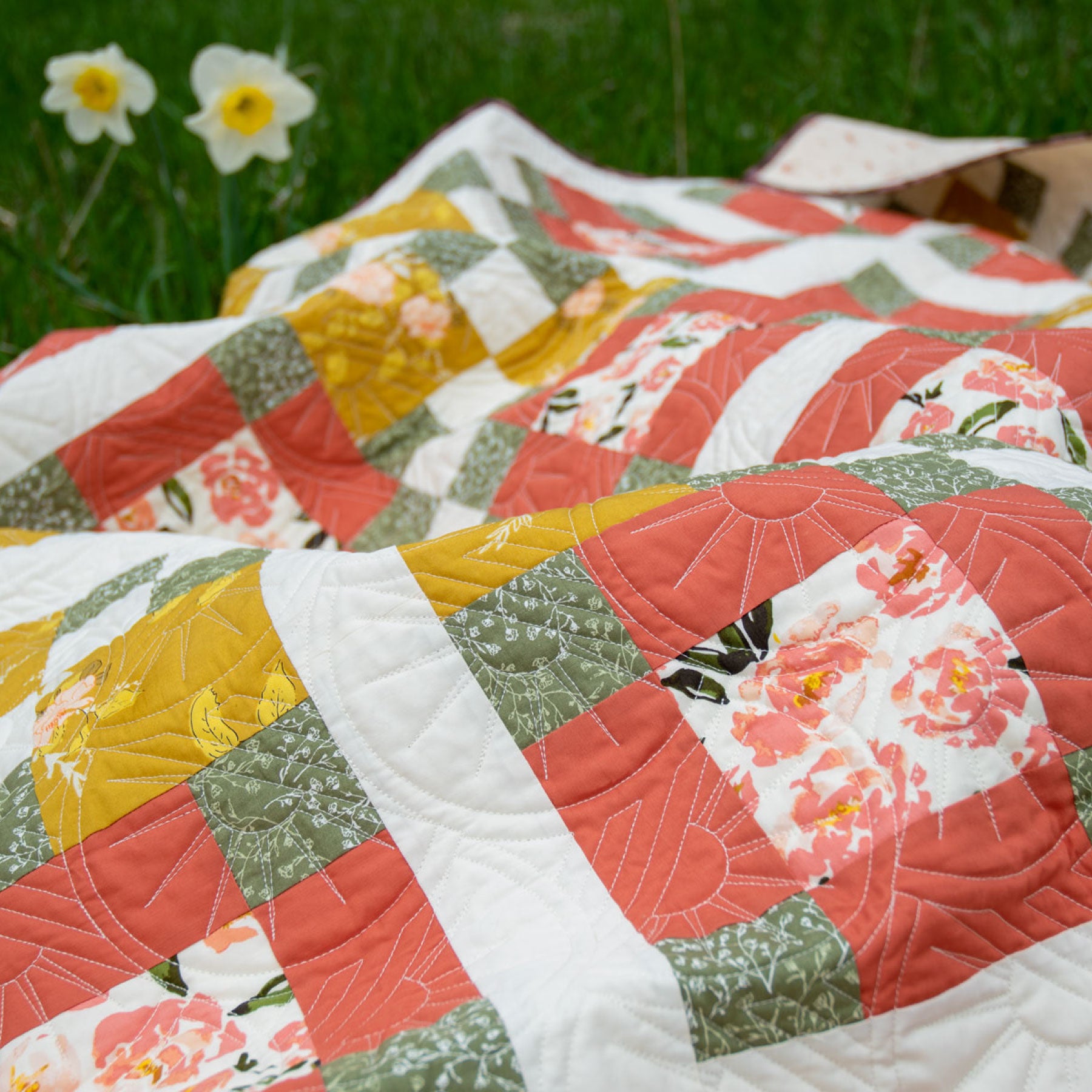
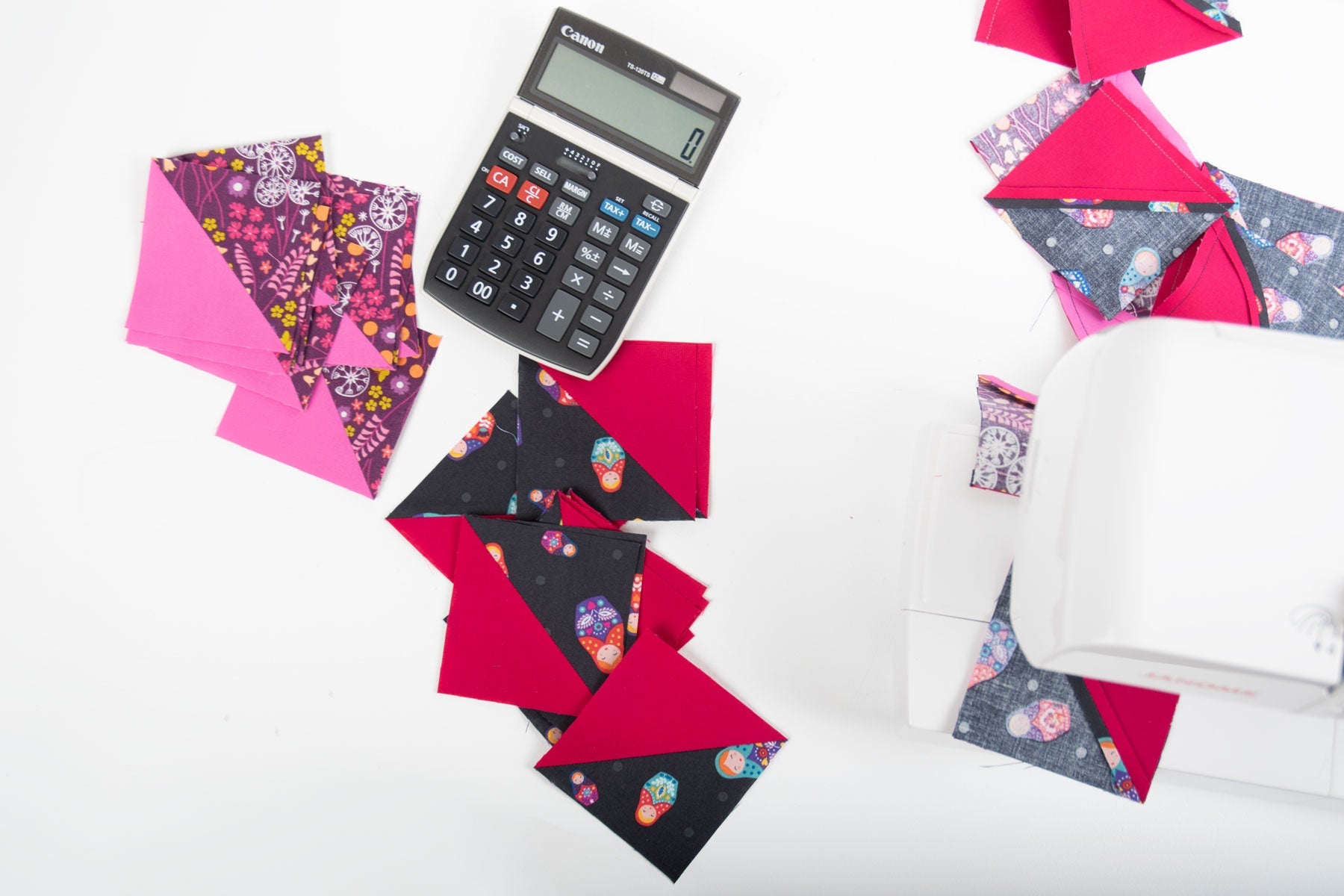
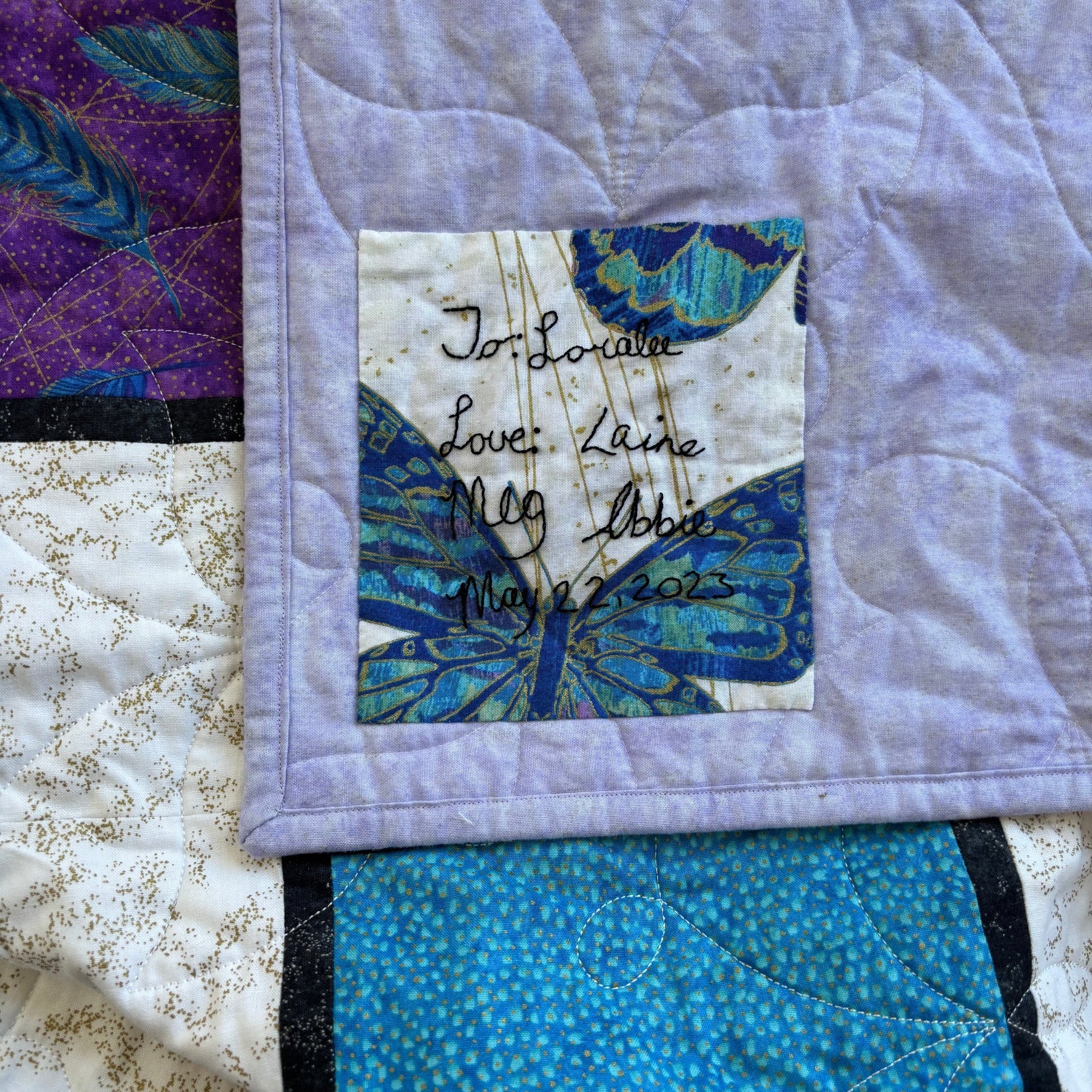
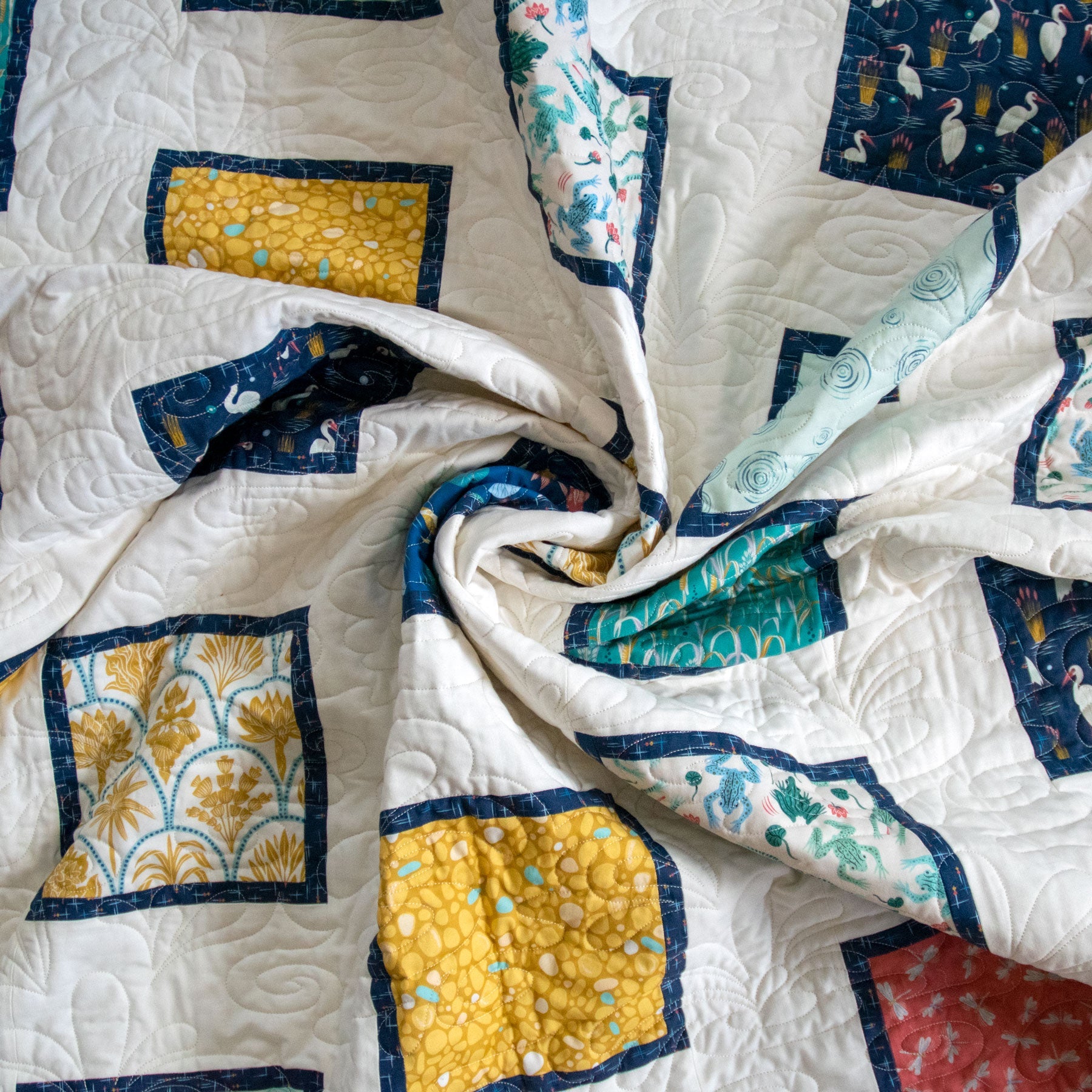

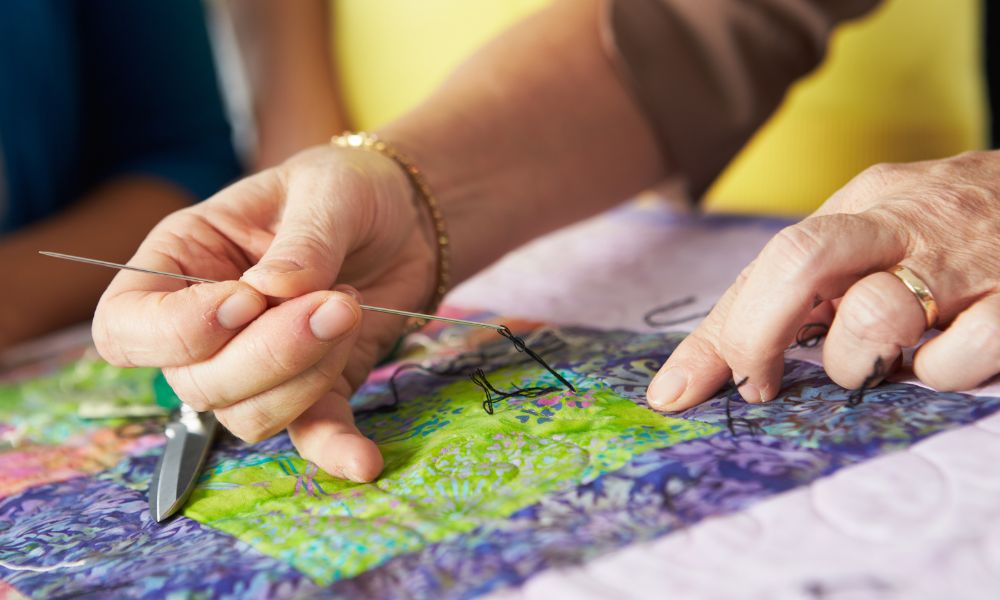
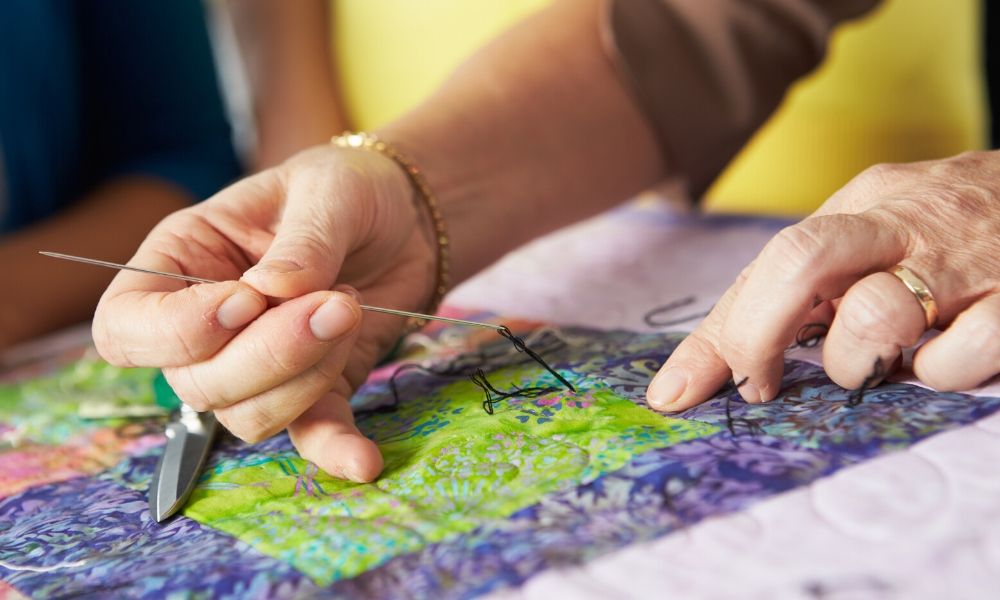
Comments